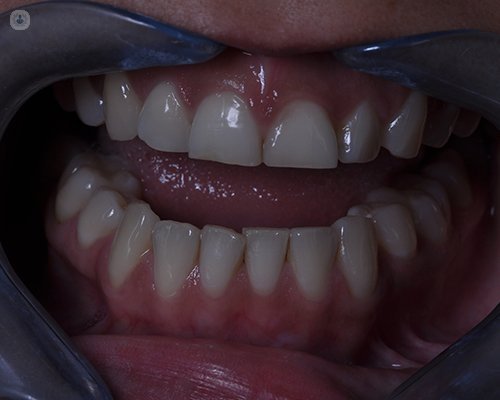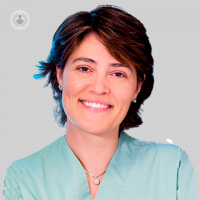What diseases can lead to bruxism?
Written by:Bruxism is the involuntary habit of clenching or grinding teeth. This behavior leads to an excessive wear of the teeth, both in the cervical area (next to the gums) and the incisal edges (anterior) and occlusal surfaces (molars and premolars).
This condition decreases the vertical dimension of the lower third of the face, ie, we lose height at the lower dental size; posterior restorations that makes more complex because we must again restore the right proportions.
Parafunction Usually this is accompanied by headaches and muscle affecting both jaws and to the cervical area; alterations in the temporomandibular joints are also produced by the imbalance and overload with consequent earaches.
Treatment of bruxism
Normally dentists usually be the first to detect this habit because in the reviews facets of wear (footprints in the incisal and occlusal surfaces) are observed. Usually patients are not aware of this parafunction until it are alerted.
The most common and simple treatment is splinting rigid discharge must be perfectly adapted to the occlusal rests are stable and shared. The splint not only prevents dental wear by the interposition of an element between the two arches, also it helps relax muscle tension by lower contraction to which they are subjected and headaches disappear if the source was in the habit .
Does bruxism can lead to more serious diseases?
Bruxism is not a dangerous disorder itself but causes irreversible damage to the teeth; It causes headaches, joint, muscle and ear also complicate subsequent restorative treatments because the vertical dimension is diminished and must be recovered.



